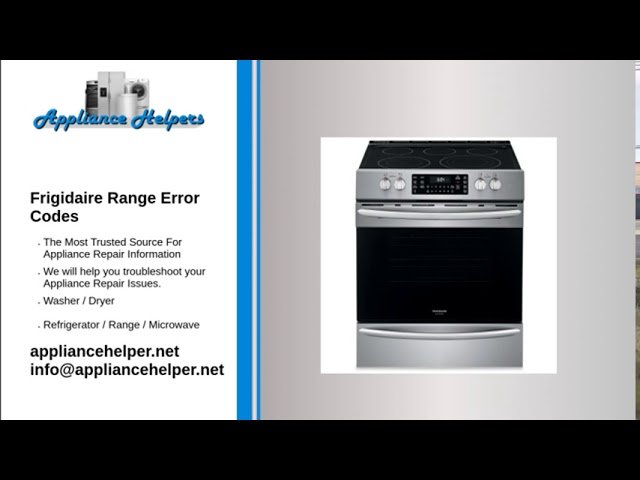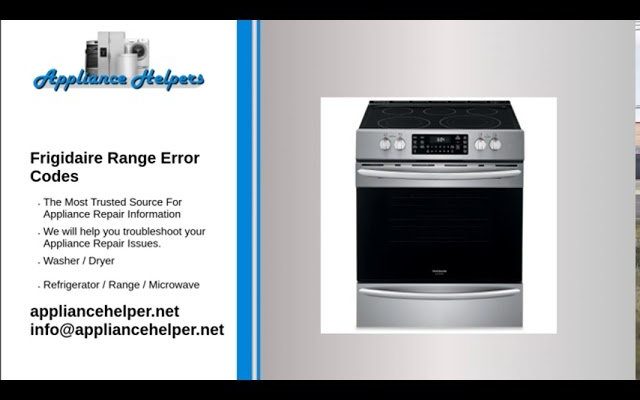
Just like how a car’s dashboard lights up to signal issues, your Frigidaire oven has its way of alerting you when something’s not quite right. In simple terms, an error code is your appliance’s way of raising a red flag. The “F2” code is akin to your oven’s way of saying, “Hey, I need some attention over here!” But don’t worry, it doesn’t mean your oven is out of commission, just that it needs a bit of TLC.
Understanding the F2 Error Code
Here’s the deal: the F2 error code on a Frigidaire oven generally means there’s a temperature issue. More specifically, it often signals that the oven’s temperature has surpassed a safe level. Imagine leaving a pot on the stove too long; it overheats and burns. Similarly, the F2 code is like your oven screaming for help because things are too hot to handle.
When this code appears, it’s typically related to the oven’s temperature sensor, sometimes called the temperature probe. This little guy is crucial because it keeps track of how hot things are getting inside your oven. If it’s not working correctly—for instance, sending incorrect signals to the control board—the oven might heat up way more than it should.
So, what happens if the F2 code shows up? You’ll likely notice your oven shutting itself off until things cool down. That might seem frustrating, but it’s actually a safety feature. This mechanism is designed to prevent overheating, which could lead to fires or other damage. Essentially, your oven’s giving itself a time-out to cool off and prevent potential hazards.
Troubleshooting the F2 Error Code
You might be wondering, “How do I tackle this F2 error code myself without calling in reinforcement?” First and foremost, ensure your oven has cooled down completely—safety first, right? Once it’s cool, try resetting your oven by unplugging it for a minute and then plugging it back in. Think of it like rebooting your computer when it misbehaves.
If the error code persists after a reset, it might be time to roll up those sleeves and check the temperature sensor. The sensor is buried inside the oven, usually on the back wall. It looks like a thin, metal probe. Make sure it’s not loose or damaged because if it’s out of place, it can’t do its job properly.
Still getting the F2 code? In that case, the sensor might need replacing. You can purchase a new one and swap it out yourself if you feel handy. But if the thought of tinkering with your oven is daunting, no shame in calling a professional. They can diagnose the problem with precision and replace the sensor if necessary, saving you from a lot of frustration.
Preventing Future Error Codes
No one likes dealing with error codes, so let’s chat about how to prevent this pesky F2 from popping up again. Regular maintenance is key to keeping your oven running smoothly. Think of it like going for a yearly medical check-up to catch any issues before they become big problems.
Start with keeping your oven clean. Food particles and grease can affect the temperature sensor and other components. A clean oven is a happy oven! Also, avoid slamming the door shut because each bang can jostle internal parts, leading to potential disruptions.
Every once in a while, test your temperature sensor. Using an oven thermometer, check that the temperature inside mirrors what you set. If there’s a big discrepancy, it might be time to examine and possibly replace the sensor before another error code makes an appearance.
In conclusion, while the F2 error code can seem intimidating, it’s your oven’s way of waving a little red flag to alert you of a temperature issue. By understanding what it means and knowing how to respond, you can handle these hiccups without stress, ensuring your kitchen remains a place of cooking joy rather than code confusion.
